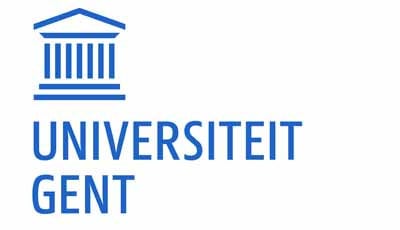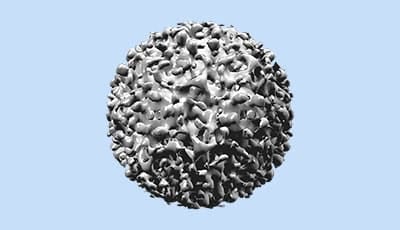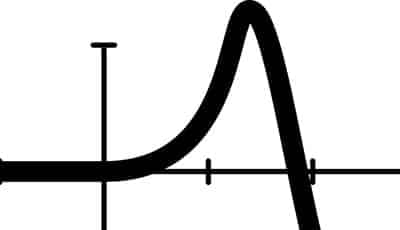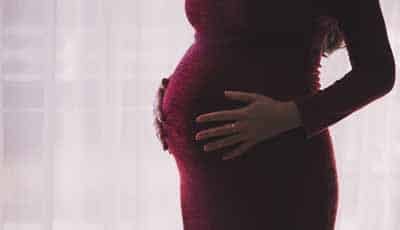Gebruik van cone-beam CT in het hoofd- en halsgebied
Technical principles of CBCT
CBCT can provide high-resolution three-dimensional images at a relatively low radiation dose in dental practice. However, the system has some technical limitations. In this presentation, both CBCT technology as well as its limitations will be discussed. Differences between CBCT and panoramic dental imaging and conventional CT imaging will be highlighted. General principles of radiation physics, radiation biology and radioprotection An overview of basic physical aspects of the use of X-rays for dentomaxillofacia! Cone Beam CT will be given. The latter comprises the characteristics of X-rays and their interactions with shielding material and tissues. An overview of dose-related quantities, such as absorbed dose, equivalent dose and effective dose will be presented. Special attention will be paid on the influence of the new ICRP recommendations on the quantity effective dose. The biologic effects of ionising radiation will be discussed with special focus on low-dose X-ray exposure. An introduction to risk-assessment methodologies will be given, taking into account the magnitude and location of the delivered dose and the age-at-exposure. A link between effective dose and radiation-induced cancer risk will be presented.
Justification of CBCT
In this lecture, the fundamental justification principle is applied to CBCT exposures. According to this principle, “Any decision that alters the radiation exposure situation should do more good than harm.” Despite this clear-cut definition, it is not straightforward to apply justification in a clinical setting, as both the ‘good’ and ‘harm’ are often difficult to define. During the lecture, general considerations regarding the application of this principle are described, and patient dose/risk from CBCT examinations (and factors affecting it) is discussed. The applicability of CBCT for different clinical indications is then summarized, using guidelines and literature where applicable. The audience is expected to have a solid understanding of justification at the end of the lecture, and should be able to apply this principle in their daily practice.
Optimization of CBCT / Hounsfield Units in CBCT
The first part of this lecture focuses on another fundamental principle of radiation protection. Optimization implies that “the likelihood of incurring exposures, the number of people exposed, and
the magnitude of their individual doses should all be kept as low as reasonably achievable, taking into account economic and societal factors”. Different optimization strategies can be used in CBCT, with varying efficacy. This lecture will provide a practical overview on how to ensure that patient doses are as low as possible. The second part of the lecture will focus on a specific issue in dental CBCT: the applicability (or lack thereof) of Hounsfield Units (HU). HU are standardized grey values, which can be used for differential diagnosis of pathology or calibrated to bone mineral density. However, due to the exposure geometry of CBCT, several factors affect the stability of grey values between/within scans. The main issues will be described and illustrated, after which the clinical applicability of HU will be discussed, and alternative methods for evaluation of jaw bone ‘quality’ will be proposed.
Een goede kennis van de anatomie van het hoofd- en halsgebied is een basisvoorwaarde voor iedereen die cone-beam CT beelden wenst te beoordelen. Deze lezing zal aan de hand van cone- beam CT datasets de anatomie overlopen. Naast de normale anatomie zal aanvullend worden ingegaan op de meest voorkomende niet-dentale pathologie, met inclusie van het kaakgewricht, die kan gediagnosticeerd worden op cone-beam.










